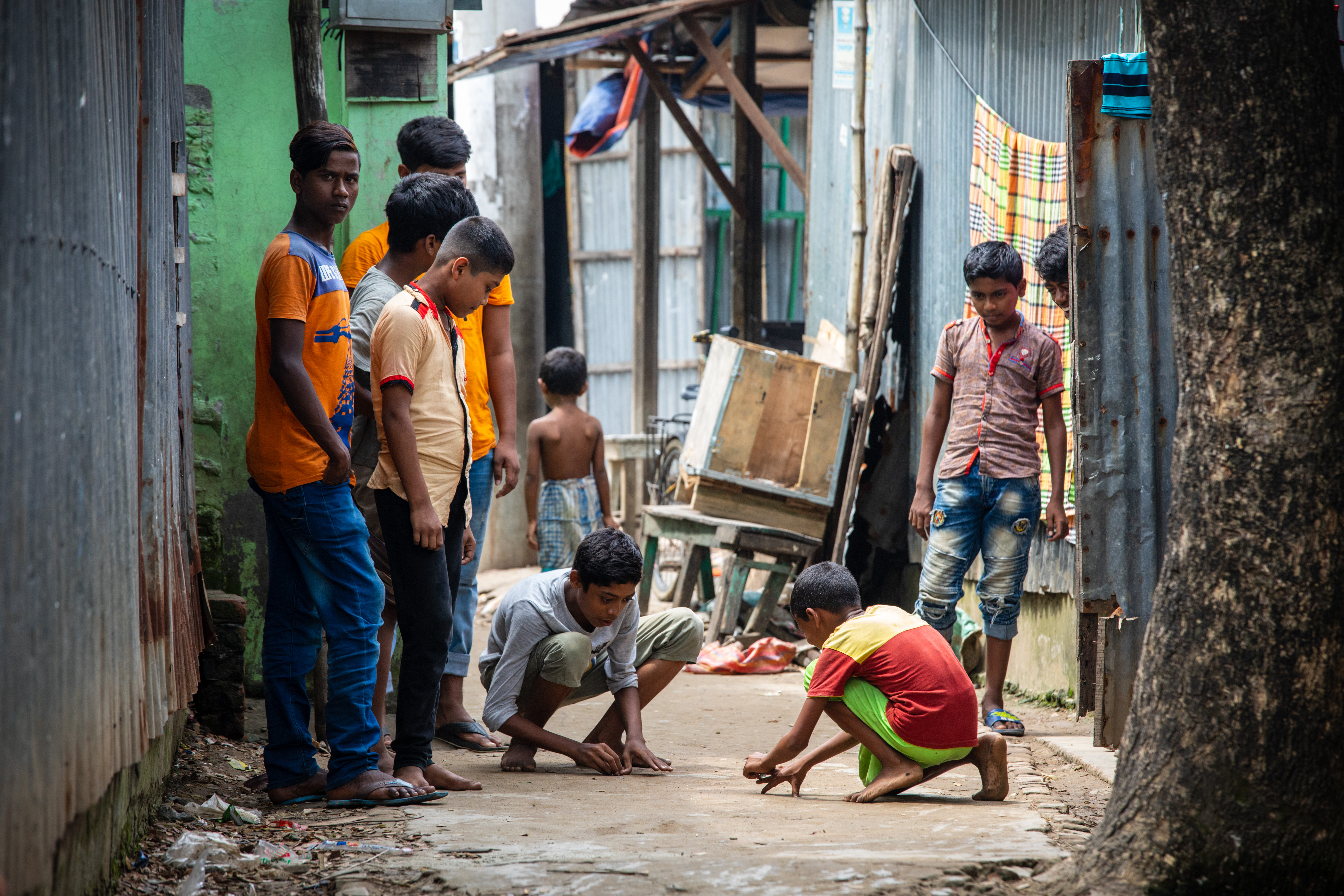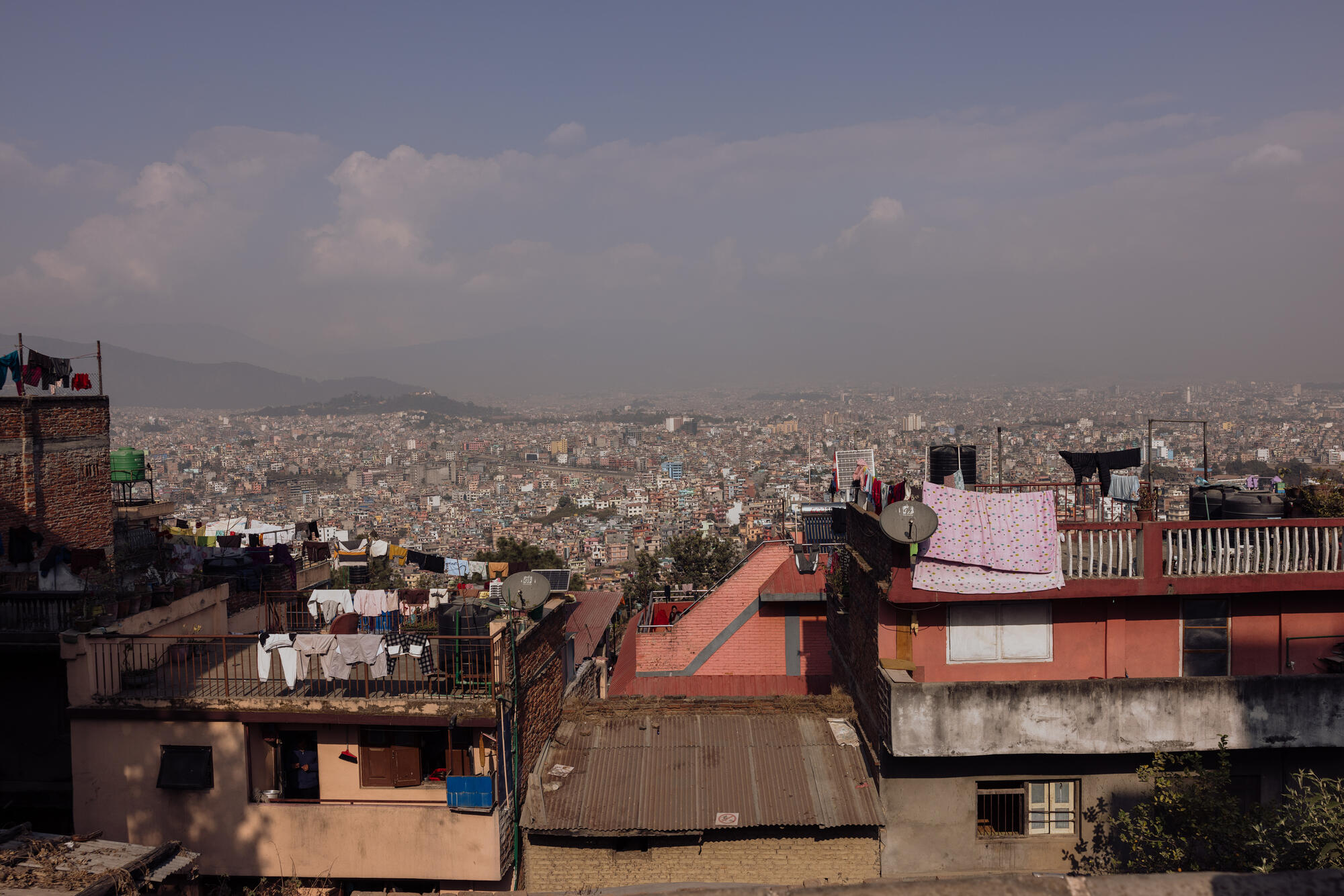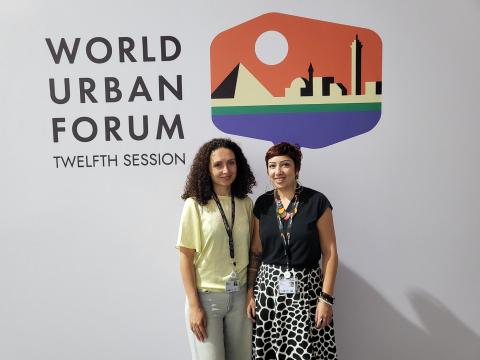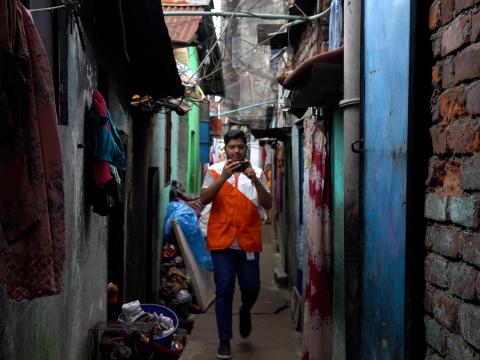How smart are the smart cities in South Asia & Pacific?
Anjana Purkayastha, Program Quality Advisor for South Asia and Pacific Region, says smart cities need to be more than technologically advanced. They must put people, especially vulnerable families, at the centre of planning.
“Whether I go to school or not—that should be my decision”.
These words came from a young boy standing amid the ruins of what had once been his home. In September 2017, while documenting demolitions in an unauthorised area in a major city in South Asia, I sat near the wreckage as he lept over a wall and approached us. His bold statement carried unexpected power. Here was a child asserting agency in a moment when everything familiar around him had been reduced to rubble.
Moksh (not his real name) was 10 years old when they were forcibly evicted from their community to make way for a new city development project. School was walking distance from home. There were safe spaces to play. His family kept goats. His dream was simple: study well, learn more, and one day start his own business.
But when bulldozers arrived with police escort, Moksh watched his world crumble. For days, his family lived on the streets. By 2018, they were relocated to a temporary place until they received housing in the new development, as promised.
The reality was harsh. The place was unsafe. School was now too far and transportation unaffordable. His studies stopped.
Recently, I connected with someone running a study centre near the place Moksh lives. Financial pressures forced him, now 18, to leave school. He works alongside his father doing roadside sales. Yet he still visits the study centre, holding onto hope that he can learn and build something better.
The Smart City Promise
Across South Asia and the Pacific, cities are investing billions in becoming "smart cities"—promising better services, efficiency, and quality of life through technology. India launched its 100 Smart Cities Mission. Indonesia, Philippines, Bangladesh, and Pacific Island nations followed with their own initiatives.
The promise sounds good: data-driven governance, digital infrastructure, climate resilience, sustainable development. But for whom?
The Reality on the Ground

Many smart city initiatives are creating two separate cities—one with gleaming infrastructure for those who can afford it, and another where families like Moksh’s are pushed aside. In South Asia, between 24-55% of urban dwellers live in informal settlements. Yet some of the smart city plans often ignore or displace these communities.
The pattern is familiar: governments face pressure to attract investment. Smart towers and tech zones look impressive. Slum upgrading doesn't. So, families are relocated to distant resettlement areas—breaking the social networks and access to work that keep them alive.
And there's another crisis coming. With over 62 million South Asians expected to migrate due to climate disasters by 2050, cities must not plan for yesterday's population, but for tomorrow's reality.
World Vision's Call: Make Cities Smart for All Children
In our work in 60 active programmes in cities across South Asia and the Pacific, we see a troubling pattern: the "urban advantage" doesn't exist for children like Moksh. UNICEF research shows that in rapidly growing cities, the poorest urban children often fare worse than poor rural children—4.3 million are more likely to die before age 5, and 13.4 million are less likely to complete primary school.
Think about Moksh's journey: From a neighbourhood where he was thriving—to a resettlement area where education was out of reach and eight years of childhood passed in uncertainty.
This is not smart. This is not sustainable. And this is not what cities should do to children.
We believe cities can do better. They need to:
- Put Children First in Every Decision — Every smart city plan must ask: "Will this help children go to school safely? Will they have places to play? Will they grow up with hope?" If the answer is no, stop and redesign.
- Upgrade Communities, Not Uproot Them — Use technology to give families secure land rights, better services, and improved infrastructure where they already live. Displacement destroys livelihoods and futures.
- Include Communities from Day One — The people living in informal settlements know what they need. Design with them, not for them.
- Make Affordable Housing Central, Not Optional — Every smart city must include affordable housing near jobs, schools, and healthcare from the start. Housing is development.
- Protect Informal Livelihoods — Millions depend on street vending, small shops, and daily labor. City plans must protect their ability to earn and maintain support networks.
- Plan for Climate-Driven Migration — Cities must prepare for more people coming because of floods, droughts, and rising seas through regional cooperation and flexible, nature-based solutions.
- Measure Inclusion, Not Just Efficiency — Stop measuring smart cities only by technology. Measure them by how many children can walk safely to school, how many families have secure homes, and how much child well-being has improved.

The Choice Before Us
Smart cities can include or exclude. The technology exists to help everyone—digital systems can give slum dwellers land security, mobile platforms can connect communities to services, data can identify where children need help most.
But technology alone won't fix this. We need something more important: the will to design cities where 18-year-olds like Moksh aren't still waiting for promises made when they were 10.
We are hopeful that this year's World Cities Day theme is "People-Centred Smart Cities". We can build better. We must build better. For Moksh, and for millions of children like him across South Asia and the Pacific who deserve cities that are smart enough to include them.
Learn more about World Vision’s work in urban areas.
Anjana Purkayastha is Program Quality Advisor for South Asia and Pacific Region. She brings in years of experience in the development industry with special reference to Field Operations including Urban Programming, Program Quality, Research & Strategy. Her more recent research experience are on Urban Resettlements and Gender Resilience. Some of her research interests include natural farming, cities & food and migration in the South Asia and Pacific region.

